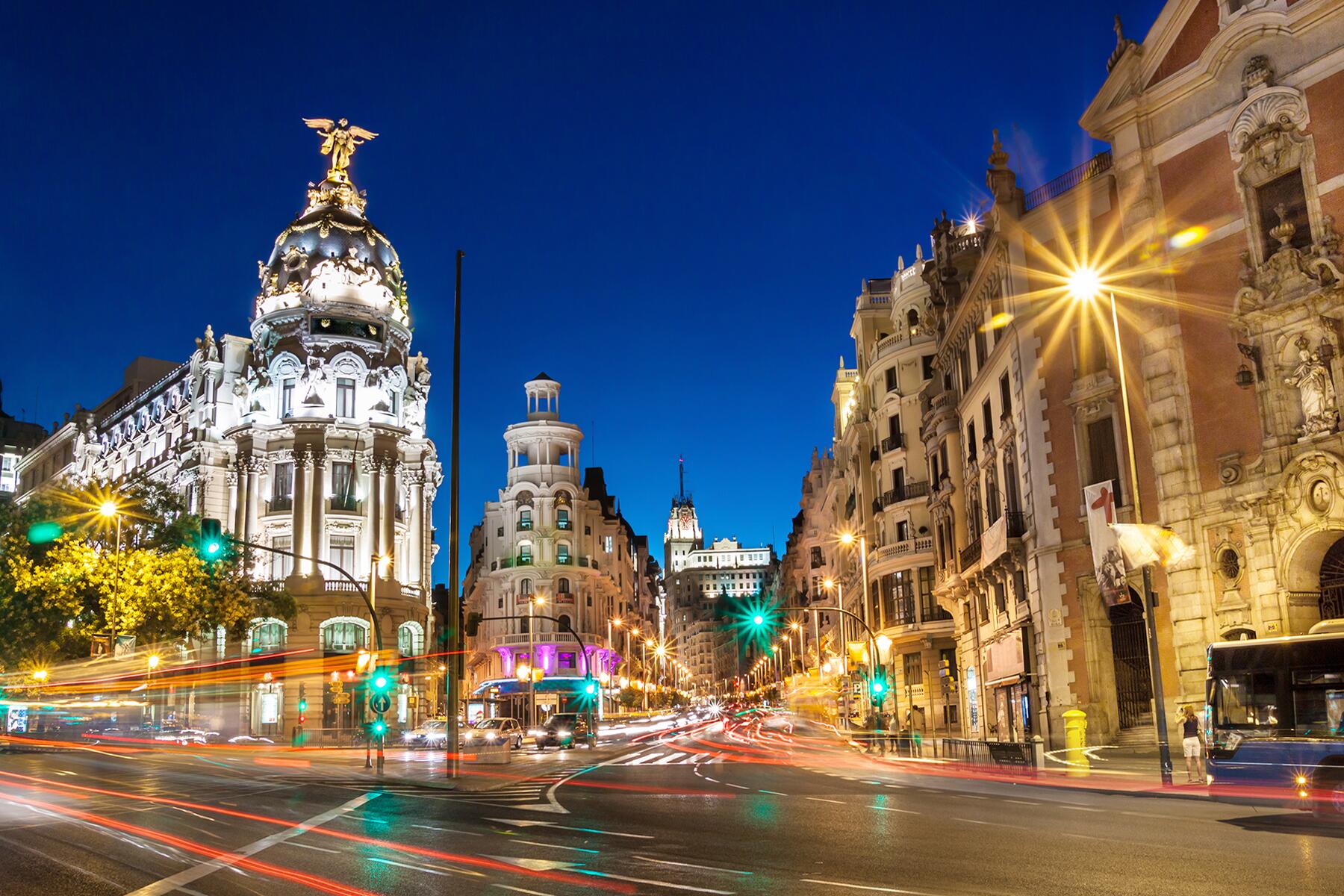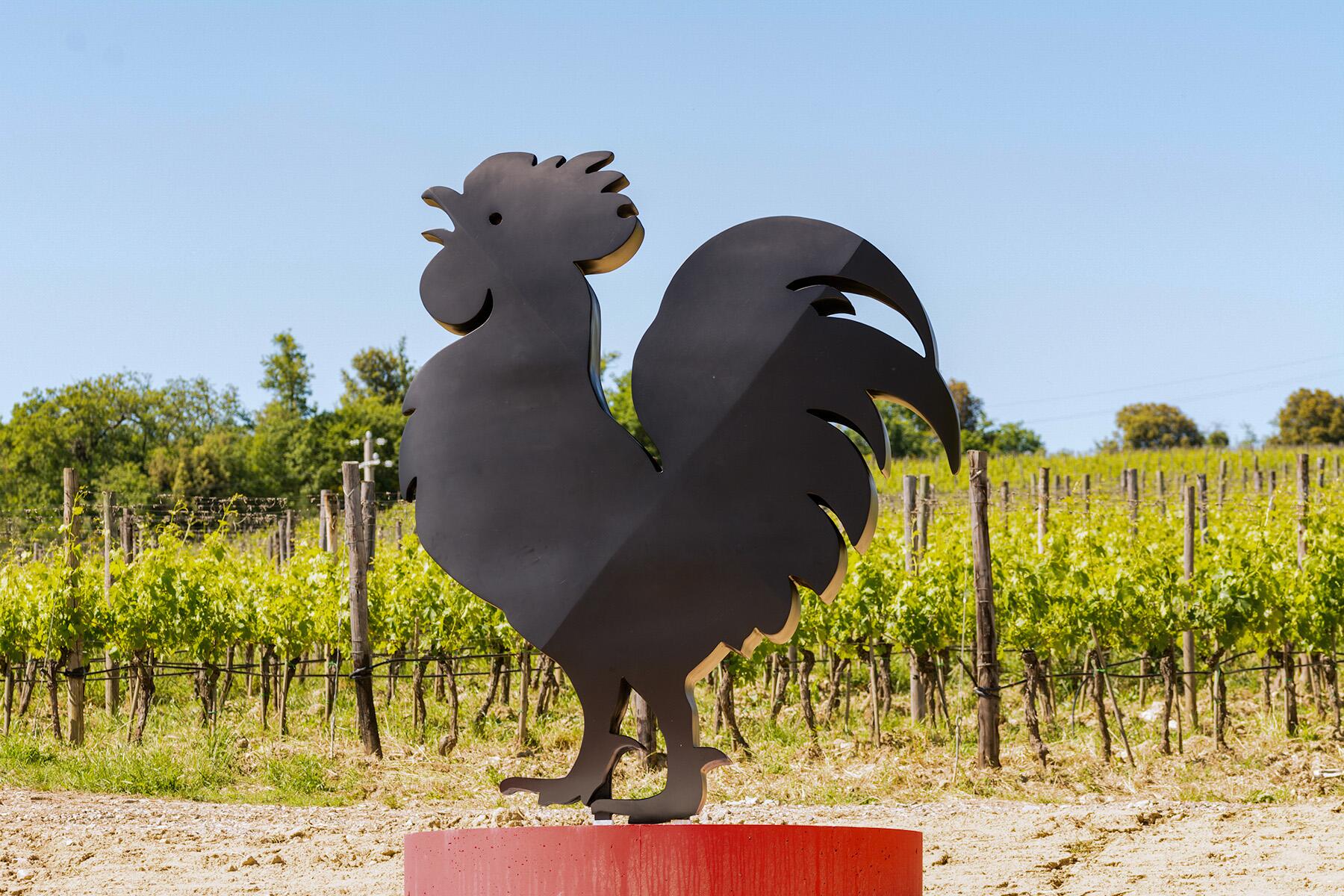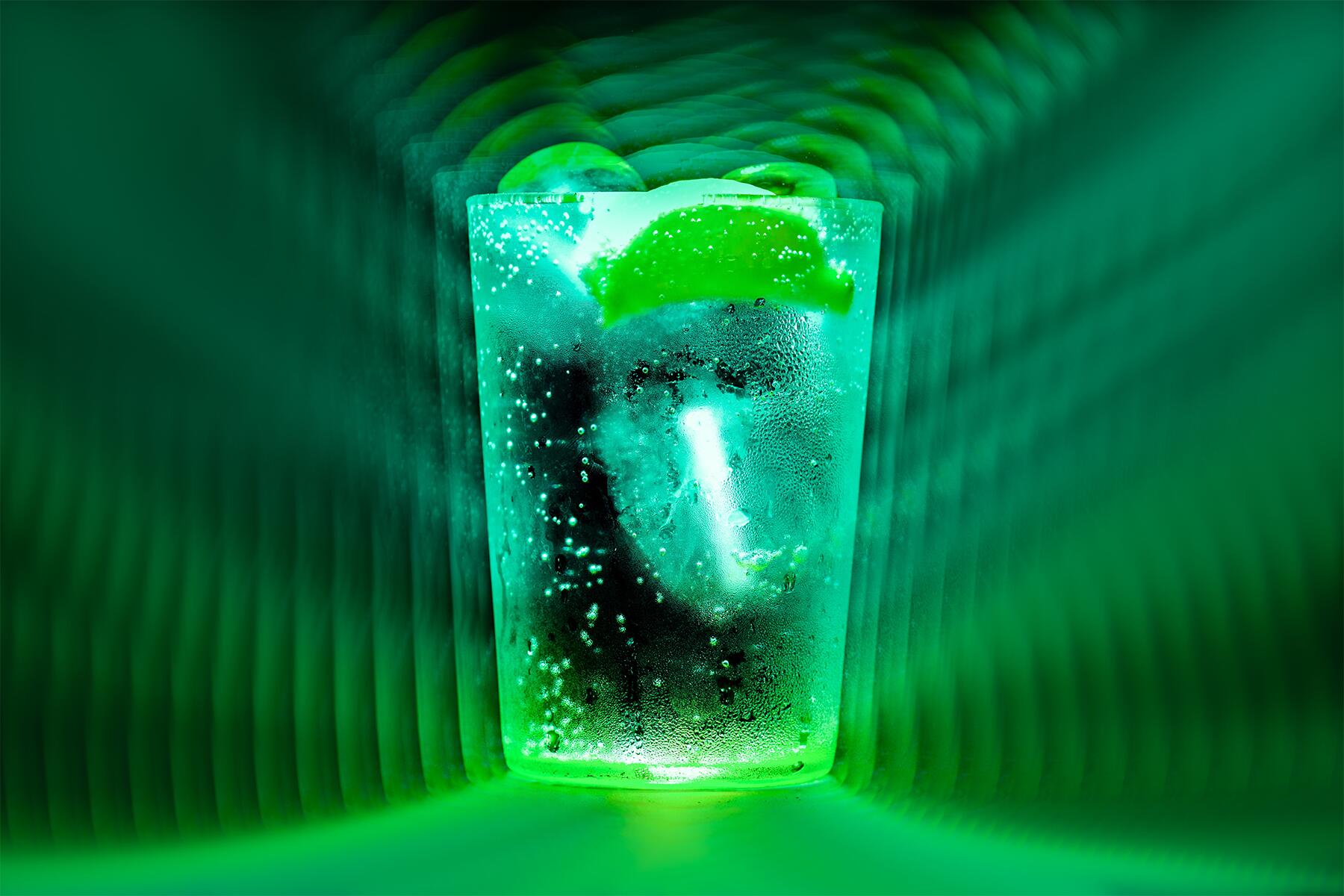The simple cocktail with so much history.
W
inston Churchill once jested that “the gin and tonic has saved more Englishmen’s lives, and minds, than all the doctors in the empire.” He was, in a way, stating this as much literally as figuratively.
The coming of the gin and tonic together has a centuries-old history. Gin, made of juniper berries, was invented in the 11th century in Holland. Tonic water, on the other hand, hails from South America and is made of the bark of the cinchona tree. India isn’t a country famed for the origin of cocktails. People in ancient India preferred cannabis for their buzz. Yet, in the Indian subcontinent, the fabled G&T became entrenched. However, the reason was neither experimental nor accidental. On the contrary–it was medicinal.
In early 19th century India, under the colonial rule of the British Raj, there was an onset of malaria. It was considered deadly then, but quinine was found to be a helpful cure. An alkaloid, quinine is a naturally occurring chemical compound that is added to tonic water. While today we have a range of flavored tonic water on grocery store shelves, it was an extremely bitter-tasting liquid back then. The soldiers started making concoctions to make it more palatable by mixing soda, water, sugar, lime, and eventually, gin. Voila! The gin and tonic was born.
If you have wondered why so many Indian names, such as Jodhpur, Bombay Sapphire, Maharani, or Chai, are on gin labels, or why classic tonic water is called “Indian tonic water,” you now have your answer.
Recommended Fodor’s Video
Yet, the next time you get malaria or COVID, for the love of gin and tonic, do not rush to your home bar cabinet to stir yourself a glass. Tonic water does consist of quinine, but it’s not nearly enough to help cure any sickness (though you may get a good buzz).
The Greatest Sundowner Ever Shaken
A world away from medicine and malaria, people around the world vouch that gin and tonic is one of the greatest sundowners ever made. It’s reigned in the cocktail world for over a century. “The gin and tonic is popular because it allows the gin to do what it’s meant to do, to taste the gin as opposed to all of the ingredients that are in it,” says Lesley Gracie, the gin master distiller at Hendrick’s, Scotland.
A 2016 Wine and Spirit Trade Association study found that in Britain alone, gin sales comprised 40 million bottles a year, or enough to create 1.12 billion G&Ts annually. You can go British old school with Bombay Sapphire and Fever Tree, all-American with Aviation and with Q Tonic, or pay homage to the original home of gin, the Netherlands, with Jenever, which is typically served neat. Or, you can drink it where the cocktail was born.
Gin’s India Connection
The drink has seen a resurgence in India. Until a decade ago, it was challenging for any clear alcohol to compete with the country’s love of whiskey. But as the taboo around alcohol consumption has faded away in modern Indian society, people have started to test the turf with gins. India has become the fifth largest gin consumer globally.
Jaipur-based food writers Richa and Ratika Khetan, known as the Cauldron Sisters, have worked intimately with the food and spirits industry. Of gin, they say, “It is an outstanding balance of liquor, sweet and bitter. Add some citrus zest [and] you got yourself all the foundational flavors of the Indian palate! Crafting gins from the spice racks of the kitchen, such as clove, coriander, and cinnamon, keep the taste rooted in the region. This applies to tonic water–[the] expansive flavor profiles, now available in bigger cities, have helped to create exciting combinations. The beauty of gin and tonic is its ability to become indigenous and its ingenuity, yet it remains a classic. It’s Indian! [It’s] no longer associated with England!”
Jaisalmer Gin is an example of a craft gin from India that has become big globally. Similarly, Indian tonic water Svami brings back the bittersweet nostalgia of the original gin and tonic. “Being from India is helping us. Even in London, a very saturated market, people are interested in us because we have a story. Being from India works,” says Aneesh Bhasin, the co-founder of Svami.
This is how the gin and tonic story has come full circle and been reclaimed. It’s as a complex drink with a complex story, but it’s easy to make. It requires few ingredients and little skill. After all, sick and war-weary soldiers could put it together for themselves; how complicated can it be?




